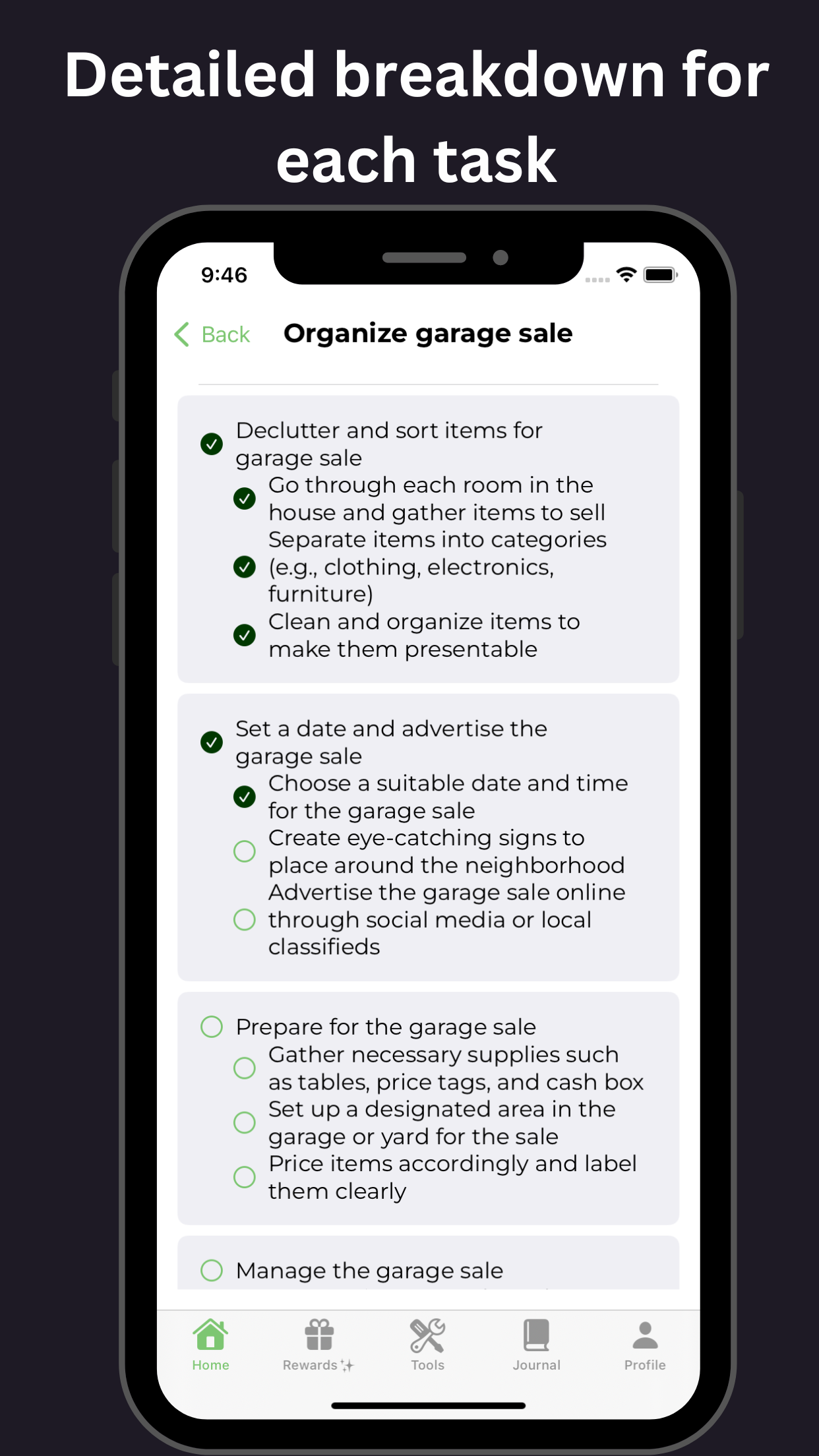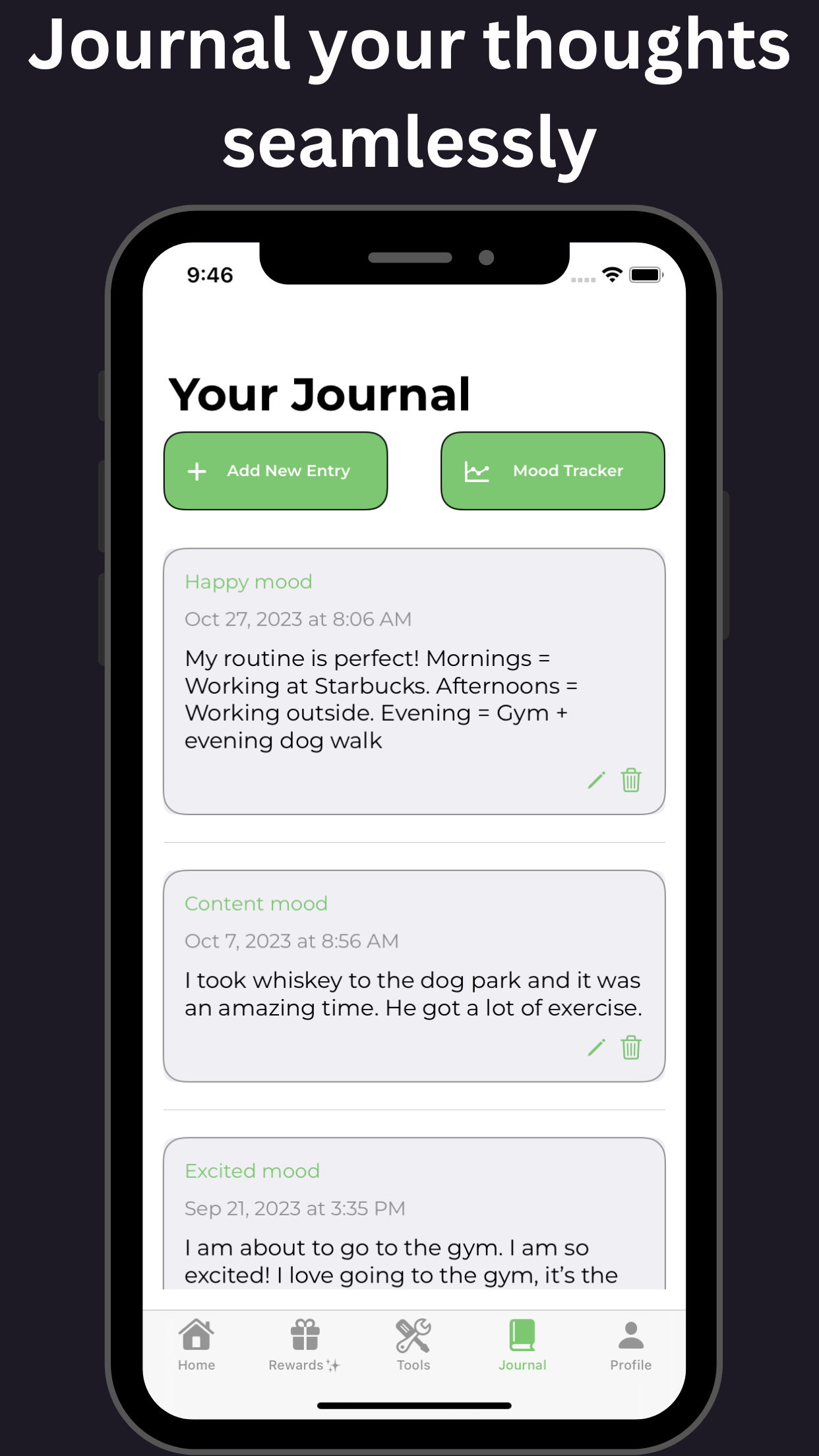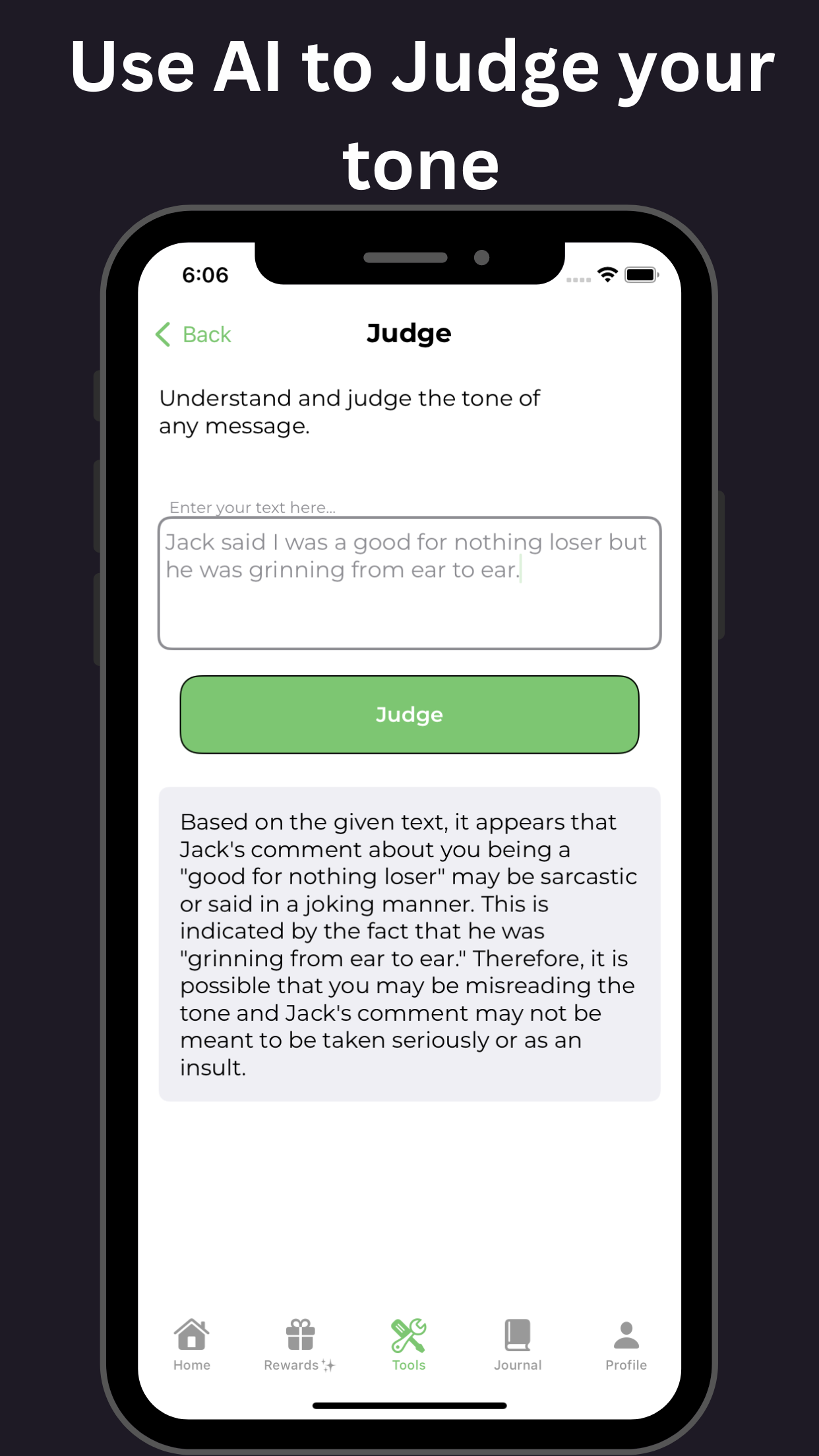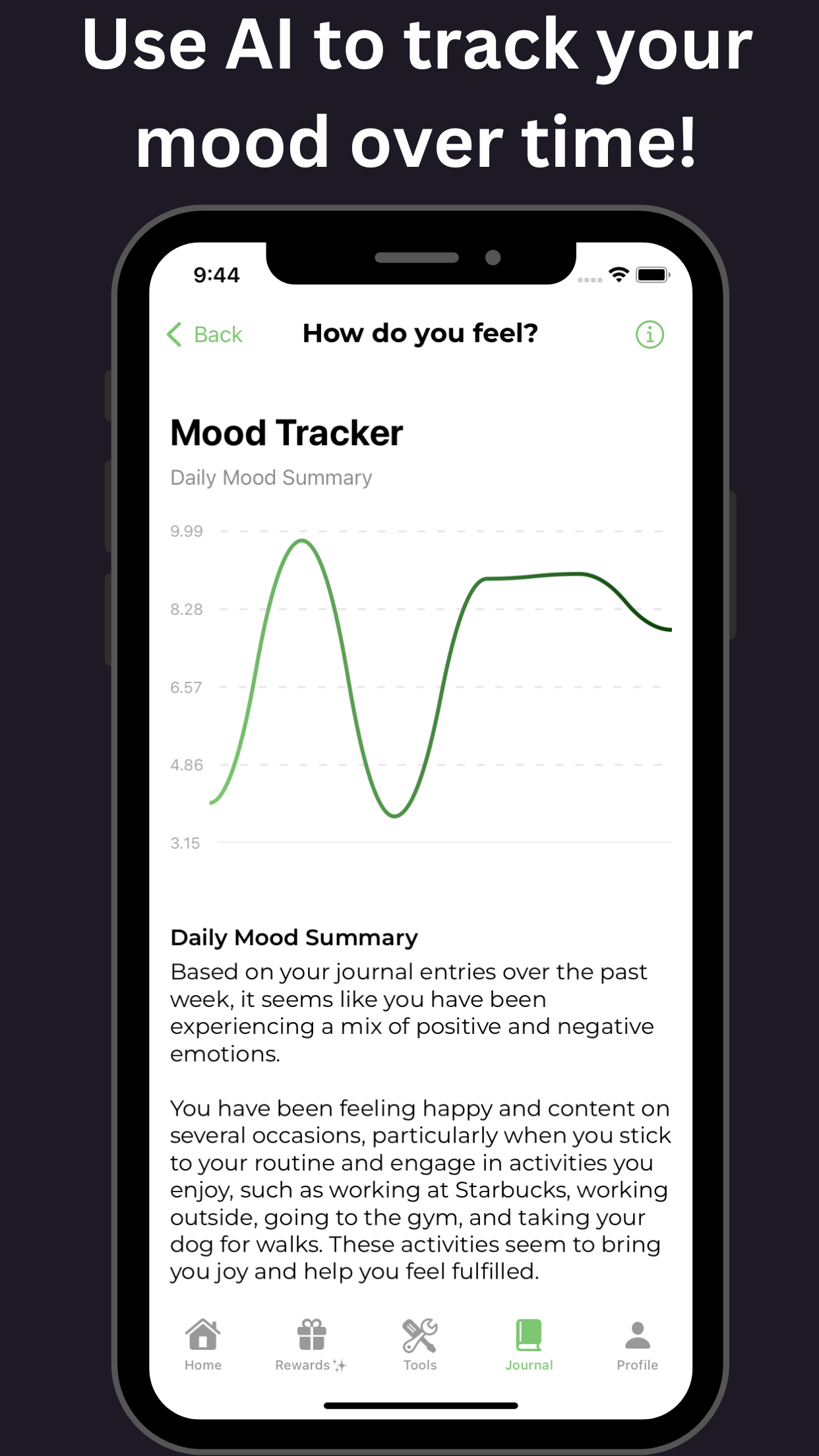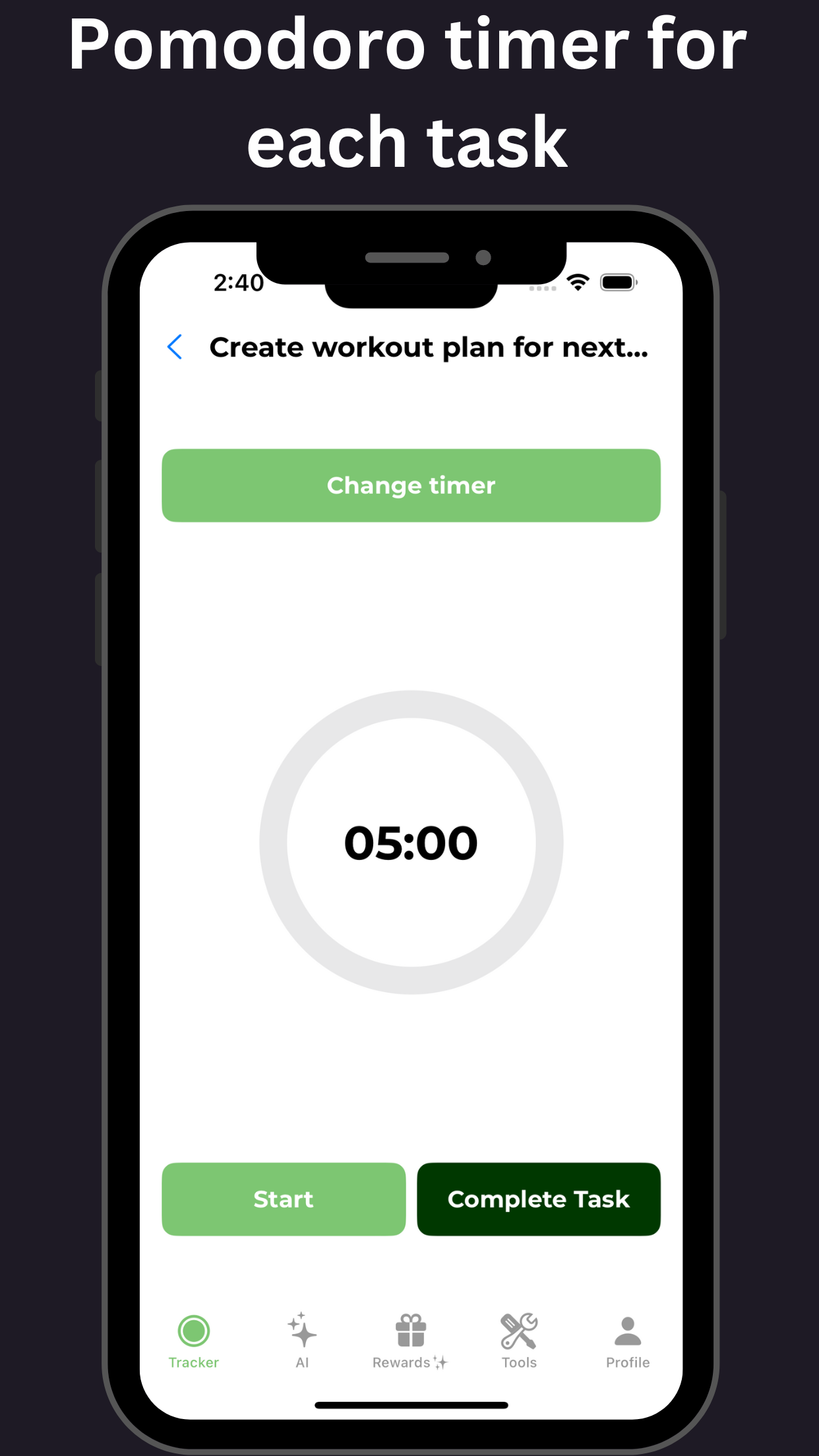Exploring the Concept of POTS in ADHD: Understanding the Connection and Its Effects
Key Takeaways
| Key Takeaway | Description |
|---|---|
| 1. Importance of Structure | People with ADHD often benefit from structured daily routines and organized surroundings. |
| 2. Visual Aids | Using visual aids like charts, diagrams, and color-coding can help individuals with ADHD organize and prioritize tasks. |
| 3. Break Tasks into Smaller Steps | Dividing larger tasks into smaller, manageable steps can help individuals with ADHD stay focused and avoid feeling overwhelmed. |
| 4. Minimize Distractions | Creating a distraction-free environment and avoiding multitasking can improve focus and productivity in individuals with ADHD. |
| 5. Use Positive Reinforcement | Using positive reinforcement techniques, such as rewards and praise, can motivate individuals with ADHD to stay on track and reinforce positive behaviors. |
| 6. Teach Organizational Skills | Teaching individuals with ADHD organizational skills, such as using planners and to-do lists, can help them develop strategies for staying organized. |
| 7. Create a Daily Routine | Establishing a consistent daily routine can help individuals with ADHD develop habits and reduce stress. |
| 8. Use Technology Strategically | Using technology, such as reminders and apps, can help individuals with ADHD stay organized and on track. |
| 9. Provide Choices | Offering choices and involving individuals with ADHD in decision-making can help them feel more in control and reduce impulsivity. |
| 10. Encourage Physical Activity | Regular physical activity has been shown to improve focus and reduce symptoms of ADHD. |
Introduction to POTS and ADHD: Understanding the Connection
Here is a summary for a blog article about POTS in ADHD:
“Individuals with Attention Deficit Hyperactivity Disorder (ADHD) are at a higher risk of developing Postural Orthostatic Tachycardia Syndrome (POTS), a condition characterized by a rapid heart rate and other symptoms upon standing. Research suggests that 20-50% of individuals with POTS also have ADHD, highlighting a significant connection between the two conditions. This article will delve into the correlation between POTS and ADHD, exploring the symptoms, diagnosis, and treatment options for individuals experiencing both conditions. Learn how to manage POTS in ADHD, including lifestyle changes, medications, and therapy, to improve overall well-being and quality of life.”

The Misdiagnosis of POTS as ADHD: A Common Occurrence
Here is a summary about the topic:
“Many individuals diagnosed with Attention Deficit Hyperactivity Disorder (ADHD) may actually be experiencing symptoms of Postural Orthostatic Tachycardia Syndrome (POTS). The misdiagnosis of POTS as ADHD is a common occurrence, as both conditions share similar symptoms such as inattention, hyperactivity, and impulsivity. However, POTS is a distinct condition characterized by a rapid heart rate and other autonomic nervous system dysfunctions. Accurate diagnosis is crucial to ensure proper treatment, as misdiagnosis can lead to ineffective therapy and worsening of symptoms. This article explores the often-overlooked link between POTS and ADHD, highlighting the need for healthcare professionals to consider POTS in their differential diagnosis.”
Optimized for the long-tail keyword “POTS in ADHD”.
The Overlap of Symptoms: How POTS and ADHD Share Similarities
Here’s a summary for a blog article on the overlap of symptoms between POTS (Postural Orthostatic Tachycardia Syndrome) and ADHD (Attention Deficit Hyperactivity Disorder), with a focus on the long-tail keyword “POTS in ADHD”:
Title: Unraveling the Connection: Understanding POTS in ADHD and Its Overlapping Symptoms
Summary: Did you know that individuals with Attention Deficit Hyperactivity Disorder (ADHD) are more likely to experience Postural Orthostatic Tachycardia Syndrome (POTS)? This article delves into the fascinating correlation between POTS and ADHD, exploring the shared symptoms that often lead to misdiagnosis or delayed diagnosis. From rapid heartbeats and dizziness to brain fog and fatigue, we’ll examine the striking similarities between POTS and ADHD, and how recognizing these overlapping symptoms can improve diagnosis and treatment outcomes for individuals struggling with POTS in ADHD.
The Cognitive and Psychological Impacts of POTS on ADHD
Here is a summary for a blog article about the cognitive and psychological impacts of POTS on ADHD:
“Individuals with Attention Deficit Hyperactivity Disorder (ADHD) are at a higher risk of developing Postural Orthostatic Tachycardia Syndrome (POTS), a condition characterized by a rapid heart rate that occurs upon standing. The co-occurrence of ADHD and POTS can significantly impact cognitive and psychological functioning. The cognitive impacts of POTS on ADHD include decreased focus, impaired working memory, and reduced cognitive flexibility. Psychological impacts include increased anxiety, depression, and decreased quality of life. The combination of ADHD and POTS can lead to executive functioning deficits, emotional dysregulation, and social difficulties. Understanding the complex relationship between POTS and ADHD is crucial for developing effective management strategies and improving the overall well-being of individuals affected by these conditions.”
POTS and ADHD: Unraveling the Link Between the Two Conditions
Unraveling the Complex Connection: Understanding POTS in ADHD
Postural Orthostatic Tachycardia Syndrome (POTS) is a debilitating condition characterized by a rapid heart rate that occurs upon standing. Recent research has shed light on a profound link between POTS and Attention Deficit Hyperactivity Disorder (ADHD), leaving many to wonder: what is the connection between POTS in ADHD?
Studies suggest that individuals with ADHD are more likely to develop POTS, with some estimates indicating that up to 40% of POTS patients also have ADHD. Conversely, ADHD individuals are at an increased risk of developing POTS due to shared underlying physiological mechanisms.
The comorbidity of POTS in ADHD may be attributed to common underlying factors, including:
- Autonomic nervous system dysfunction: Both conditions involve irregularities in the autonomic nervous system, which regulates heart rate, blood pressure, and other vital functions.
- Neurotransmitter imbalance: Imbalances in neurotransmitters such as dopamine and norepinephrine contribute to the development of both ADHD and POTS.
- Genetic predisposition: Shared genetic factors may increase the likelihood of developing both conditions.
Understanding the intricate relationship between POTS in ADHD is crucial for effective diagnosis and treatment. By recognizing the comorbidity of these conditions, healthcare providers can develop more comprehensive treatment plans that address the unique needs of individuals with both POTS and ADHD.
The Role of Dysautonomia in POTS and ADHD: A Closer Look
Here is a summary for a blog article about the role of dysautonomia in POTS and ADHD:
“The subtle yet significant connection between Postural Orthostatic Tachycardia Syndrome (POTS) and Attention Deficit Hyperactivity Disorder (ADHD) lies in dysautonomia, a dysfunction of the autonomic nervous system. Individuals with ADHD are more likely to develop POTS, a condition characterized by a sudden and abnormal heart rate increase when standing up. Dysautonomia plays a crucial role in both conditions, as it affects the body’s ability to regulate its ‘fight or flight’ response. Research suggests that treating dysautonomia can alleviate symptoms of both POTS and ADHD, offering new hope for managing these complex conditions. In this article, we’ll delve deeper into the relationship between dysautonomia, POTS, and ADHD, exploring the latest research and treatment options for individuals struggling with these interconnected disorders.”
POTS in Pediatric ADHD: A Growing Concern
Here is a summary for a blog article about POTS in pediatric ADHD:
“Postural Orthostatic Tachycardia Syndrome (POTS) is a frequently overlooked but increasingly prevalent comorbidity in children with Attention Deficit Hyperactivity Disorder (ADHD). Research suggests that up to 40% of pediatric ADHD patients may also suffer from POTS, leading to debilitating symptoms such as rapid heartbeat, lightheadedness, and fainting. If left untreated, POTS in ADHD can severely impact daily functioning, exacerbate ADHD symptoms, and hinder academic performance. It’s crucial for parents and healthcare providers to recognize the subtle signs of POTS in pediatric ADHD patients, ensuring timely diagnosis and effective management to improve quality of life for these vulnerable individuals. In this article, we’ll delve into the complex relationship between POTS and pediatric ADHD, exploring the underlying causes, diagnostic challenges, and innovative treatment strategies to mitigate the symptoms of POTS in ADHD.”
The Diagnostic Criteria for POTS and ADHD: What You Need to Know
Here is a summary for a blog article on the topic “The Diagnostic Criteria for POTS and ADHD: What You Need to Know”:
“Are you experiencing symptoms of POTS (Postural Orthostatic Tachycardia Syndrome) with ADHD (Attention Deficit Hyperactivity Disorder)? Understanding the diagnostic criteria for both conditions is crucial for proper diagnosis and treatment. POTS in ADHD is a common comorbidity, affecting approximately 40% of individuals with ADHD. To diagnose POTS, healthcare professionals look for a heart rate increase of 30-40 beats per minute upon standing, accompanied by symptoms like dizziness, lightheadedness, and headaches. Meanwhile, ADHD diagnosis involves evaluating symptoms of inattention, hyperactivity, and impulsivity. Accurate diagnosis of POTS in ADHD is essential to develop effective treatment plans that address both conditions simultaneously. In this article, we’ll delve into the diagnostic criteria for POTS and ADHD, highlighting the key differences and similarities between the two conditions.”
Managing POTS in ADHD: Treatment Options and Strategies
Mastering POTS in ADHD: A Comprehensive Guide to Treatment Options and Strategies
Individuals with Attention Deficit Hyperactivity Disorder (ADHD) often experience a little-known but debilitating condition called Postural Orthostatic Tachycardia Syndrome (POTS). POTS in ADHD can lead to symptoms such as rapid heartbeat, dizziness, and fainting, severely impacting daily life. Fortunately, there are effective treatment options and strategies available to manage POTS in ADHD. This article explores the best approaches to mitigate POTS symptoms, including medication, lifestyle changes, and alternative therapies, empowering individuals with ADHD to regain control over their lives.
The Importance of Accurate Diagnosis: Differentiating POTS from ADHD
Accurate diagnosis is crucial in distinguishing Postural Orthostatic Tachycardia Syndrome (POTS) from Attention Deficit Hyperactivity Disorder (ADHD), as misdiagnosis can lead to ineffective treatment and poor outcomes. While POTS and ADHD share similar symptoms such as fatigue, anxiety, and concentration issues, they have distinct underlying causes and require different approaches to management. A correct diagnosis is essential to develop an effective treatment plan, improve quality of life, and reduce comorbidities. In the context of POTS in ADHD, understanding the nuances of each condition is vital to providing optimal care and achieving better health outcomes.
Important Sources
| POTS: A Little Known Cause of Extreme Fatigue | POTS is frequently misidentified as chronic fatigue syndrome, fibromyalgia, myofascial pain syndrome, anxiety disorder, ADHD, irritable bowel syndrome, myositis, etc. It is also possible that you have both POTS and one of these conditions, which may complicate the diagnosis. Sometimes people with POTS are told that “it’s all in your head ... |
| PSYCHIATRIC PROFILE AND ATTENTION DEFICITS IN POSTURAL TACHYCARDIA ... | INTRODUCTION. Postural tachycardia syndrome (POTS), a disorder that affects an estimated 500,000 people (~0.18%) in the United States alone, is an important source of disability in young adults.[] It shows a strong predilection for females, typically between the ages 20–50 years.[] POTS is a form of orthostatic intolerance characterized by an excessive increase in heart rate (>30 bpm) on ... |
| Cognitive and Psychological Issues in Postural Tachycardia Syndrome | 1. Introduction. Postural tachycardia syndrome (POTS) is a heterogeneous clinical syndrome characterized by sustained excessive postural tachycardia (≥30 bpm within 10 minutes of standing or >60° head-up tilt) in the absence of orthostatic hypotension and with chronic symptoms of orthostatic intolerance. 1 In patients less than 19 years of age, the heart rate threshold for POTS is higher ... |
| Unraveling the Link: Postural Orthostatic Tachycardia Syndrome (POTS ... | Understanding POTS and ADHD. POTS is a form of dysautonomia characterized by an excessive increase in heart rate upon standing. Patients often experience dizziness, fatigue, and palpitations (1). ADHD, on the other hand, is a neurodevelopmental disorder marked by symptoms of inattention, hyperactivity, and impulsivity (2). |
| Pediatric Postural Orthostatic Tachycardia Syndrome: Where We Stand | Postural orthostatic tachycardia syndrome (POTS), first described in 1992, remains an enigmatic, yet severely and variably debilitating, disorder. The pathophysiology of this syndrome is still not understood, and there remains no biomarker indicating the presence of POTS. Although research interest has increased in recent years, there are relatively fewer clinical and research studies ... |
| Postural Tachycardia Syndrome (POTS) | Circulation - AHA/ASA Journals | Diagnostic Criteria and Common Clinical Features of POTS. POTS is defined as the presence of chronic symptoms of orthostatic intolerance (at least 6 months) accompanied by an increased HR ≥30 bpm within 10 minutes of assuming an upright posture and in the absence of orthostatic hypotension (a decrease in BP >20/10 mm Hg). 1 An example of a tilt test in a POTS patient is shown in Figure 1. |
| Postural Tachycardia Syndrome (POTS) - PMC - National Center for ... | Many POTS patients complain of memory problems. In formal testing with the Inattention score from the Connors Adult ADHD Rating Scale, POTS patients scored significantly worse than did healthy control subjects 7. This suggests that the problem in POTS may not be with memory per se, but with diminished attention. |
| Psychiatric profile and attention deficits in postural ... - PubMed | Objectives: Patients with postural tachycardia syndrome (POTS) often appear anxious and report inattention. Patients with POTS were formally assessed for psychiatric disorders and inattention and compared with patients with attention deficit hyperactivity disorder (ADHD) and control subjects. Methods: Patients with POTS (n = 21), ADHD (n = 18 ... |
| Effects of Norepinephrine Reuptake Inhibition on Postural Tachycardia ... | volunteers14 and in patients being treated for ADHD.15 These effects could be potentially deleterious in the POTS population since they experience excessive tachycardia on standing. We hypothesized that because it potentiates noradrenergic path-ways, atomoxetine would increase standing HR and worsen the symptom burden in patients with POTS. |
| POTS: Diagnosing and treating this dizzying syndrome | Within 10 minutes of standing, the heart rate rises at least 30 beats per minute (bpm) in POTS and, importantly, the blood pressure remains stable (systolic blood pressure drops by no more than 20 mm Hg). These findings, along with symptoms of orthostatic intolerance (most commonly lightheadedness and fatigue), must be present for at least ... |
